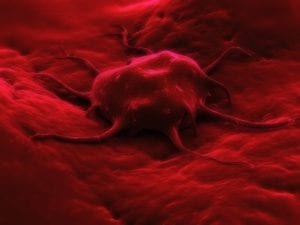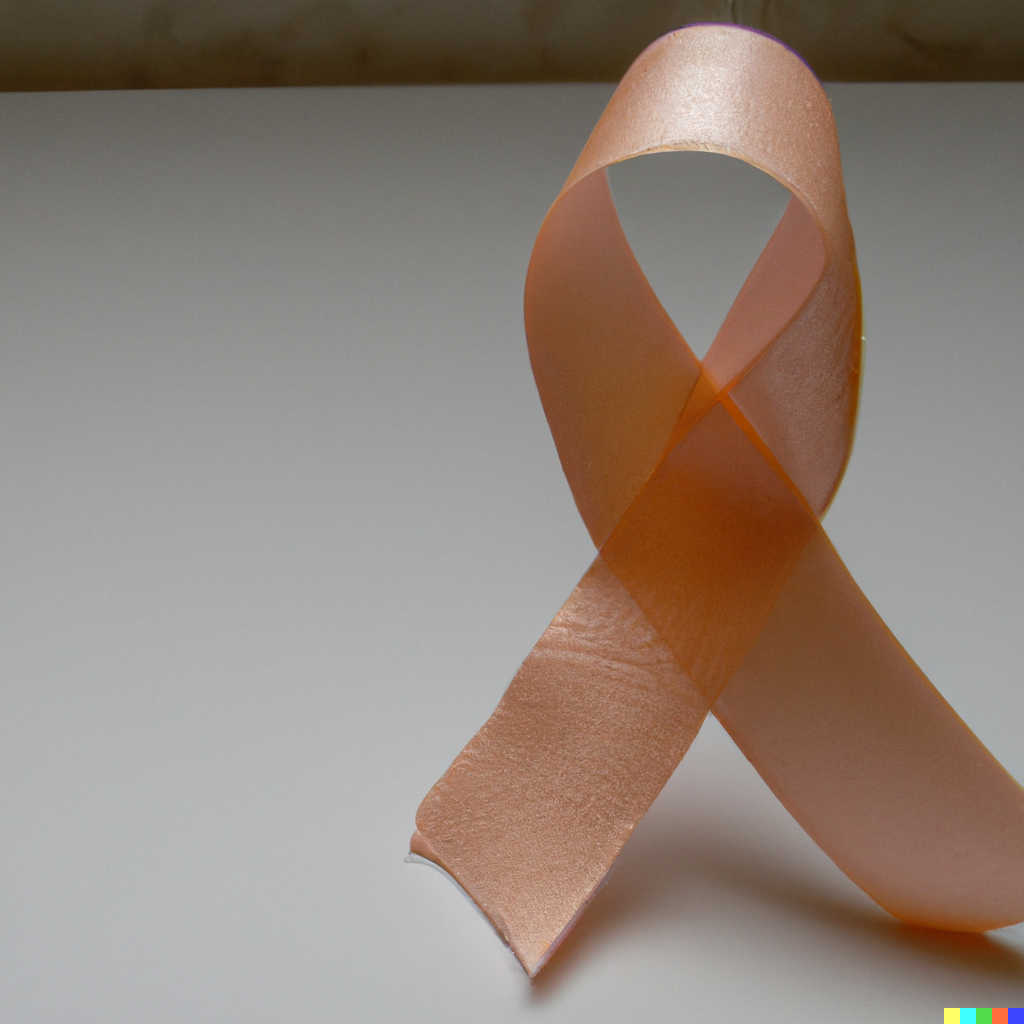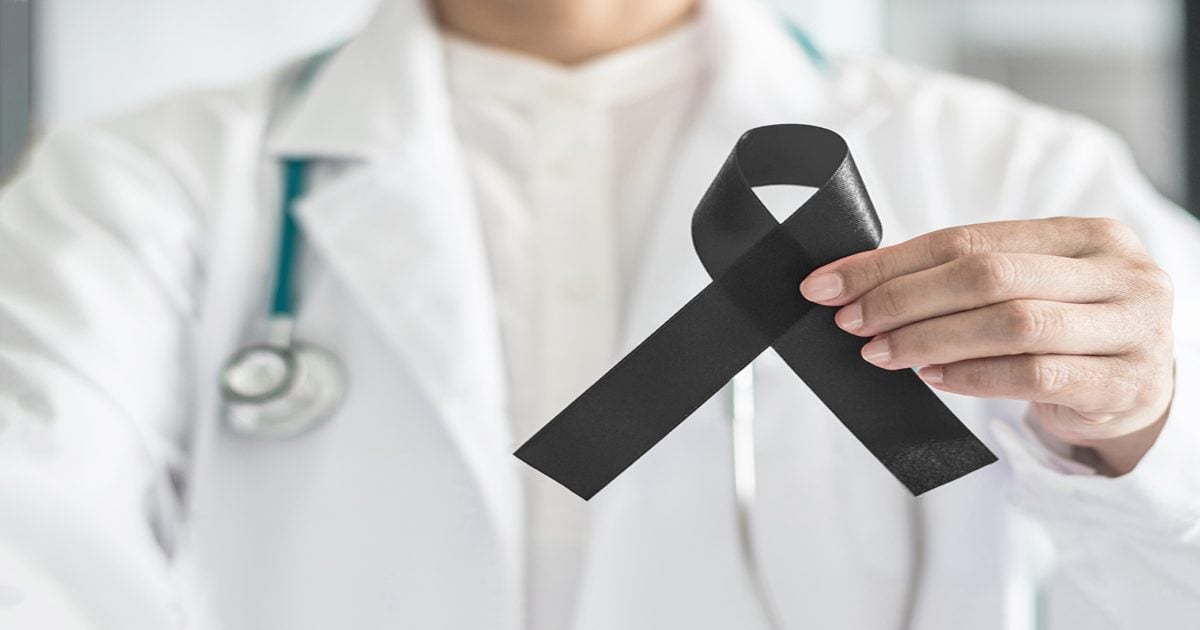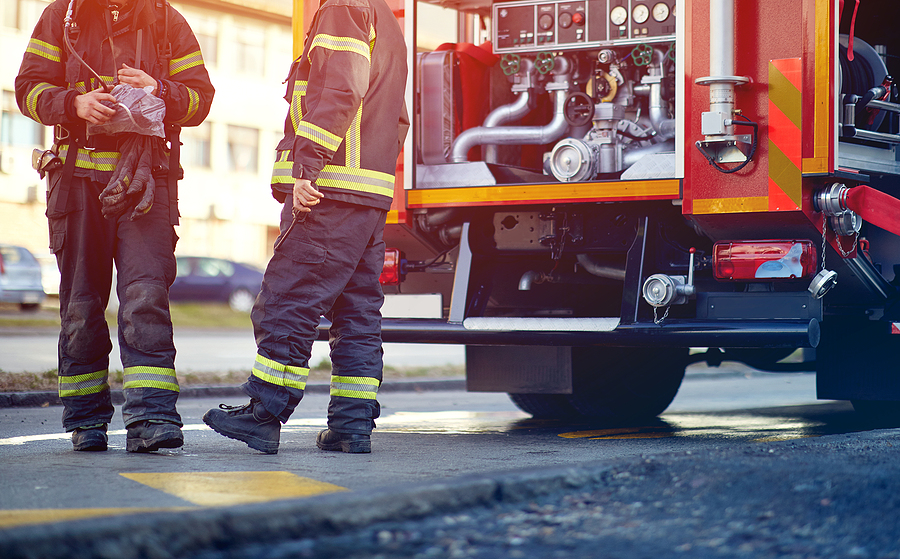Leukemia: Cancer of the Blood and Lymphoid Tissue
 Leukemia is the tenth most common cancer in the general public and the ninth most common cancer in the population exposed to the 9/11 toxins. Leukemia results in more than 61,000 new diagnoses a year and more than 23,000 deaths, including almost 1,000 cases that the World Trade Center Health Program certified as related to the 9/11 dust and fumes. It is among the most common childhood cancers, but it occurs more frequently in adults. It is both more common and more deadly in males than females. It is also most often diagnosed in people over 55.
Leukemia is the tenth most common cancer in the general public and the ninth most common cancer in the population exposed to the 9/11 toxins. Leukemia results in more than 61,000 new diagnoses a year and more than 23,000 deaths, including almost 1,000 cases that the World Trade Center Health Program certified as related to the 9/11 dust and fumes. It is among the most common childhood cancers, but it occurs more frequently in adults. It is both more common and more deadly in males than females. It is also most often diagnosed in people over 55.
Leukemia is one of many cancers linked to exposure to the toxic dust plume that enveloped Lower Manhattan when the World Trade Center towers collapsed after the terror attacks on 9/11. Researchers now say that World Trade Center first responders have a significantly increased chance of acquiring leukemia.
Study Notes Increased Genetic Mutations That Lead to Blood Cancers in WTC Responders
Scientists from Vanderbilt-Ingram Cancer Center (VICC) collaborated with researchers from New York to produce a study to determine if first responders from the World Trade Center have more genetic mutations that increase their risk of acquiring blood cancers, specifically leukemia. The study reportedly began when the FDNY Chief Medical Officer, Dr. David Prezant, became concerned over the number of firefighters diagnosed with cancer after their annual physicals at younger ages than expected.
The study used BioVU, Vanderbilt’s biorepository of DNA extracted from blood discarded after routine physical testing. The scientists were able to find DNA from 203 Nashville firefighters and 52 firefighters recruited to provide their DNA at the annual convention of the International Association of Firefighters. The DNA from this group of 255 firefighters not present at Ground Zero served as a control group compared to the DNA of 481 responders exposed to 9/11 toxins.
The study published in Nature Medicine in March 2022 revealed that 6.7 percent of the firefighters in the control group had clonal hematopoiesis. By comparison, clonal hematopoiesis appeared in 10 percent of the WTC-exposed responders.
In addition to studying human DNA, researchers also exposed mice to particulate matter found in the WTC dust in a dosage thought to be similar to that experienced by responders at Ground Zero on 9/11. They discovered that the bodies of the mice incurred a significant expansion of hematopoietic cells after 30 days of exposure.
What is Clonal Hematopoiesis?
Clonal hematopoiesis (CH) occurs when a hematopoietic stem cell—an immature cell that can develop into all types of blood cells, including white blood cells, red blood cells, or platelets—begins making cells with a different genetic pattern than the rest of the body’s blood cells. There is no single reason why CH occurs, but the common risk factors that increase the likelihood of CH include getting older, being male, being white, and smoking. In addition to elevating the risk of developing blood cancer, CH can also result in a higher incidence of cardiovascular disease.
What Do These Results Mean?
An individual who develops CH will not necessarily be diagnosed with leukemia or other blood cancer types, or cardiovascular disease. Additionally, there is currently no routine testing for the condition, and there is no treatment for it unless it progresses to blood cancer.
However, the study’s authors concluded that the particulate matter exposed to the 9/11 responders could increase the mutational burden beyond what normally occurs due to aging and make those responders more likely to develop leukemia.
When controlling for age, sex, and race or ethnicity, the researchers discovered that the risk of CH was two to three times higher for the WTC responders than it was for the control group.
The researchers are continuing their work with additional studies about particulate matter and its effects on the mechanism of blood cancer development.
Benzene: One of the WTC Toxins that Can Lead to Blood Cancer
When the World Trade Center towers collapsed, toxic dust rained down on individuals, businesses, buildings, and sidewalks. The dust lingered in the area for months after. Researchers and the public lacked a complete understanding of what was in the cloud or the hazards it presented to those exposed to it. Researchers have spent years obtaining answers to those questions, and they’re still researching.
Of all the toxins found in the WTC dust plume, one ingredient that is likely to lead to blood cancer is benzene. This compound is in jet fuels and gasoline. It also helps make plastics, resins, nylon, synthetic fibers, lubricants, rubbers, dyes, and detergents.
Benzene is present in cigarette smoke and smoke from burning materials. More than 24,000 gallons of jet fuel from the airplanes that struck the towers mingled with 10,000,000 tons of building materials that became the burning remnants of the Twin Towers.
As explained by the Centers for Disease Control and Prevention (CDC), benzene causes the cells in the body to work incorrectly. It can cause bone marrow to not produce enough blood cells and can also impact the immune system by causing changes to the levels of antibodies in the blood, resulting in the loss of white blood cells. People exposed to benzene often experience immediate symptoms such as vomiting, dizziness, a rapid or irregular heartbeat, headaches, tremors, confusion, unconsciousness, and even death. Long-term exposure to high levels of benzene can cause leukemia.
Other Hazardous Substances Found at Ground Zero
Here is a look at some of the other ingredients of the toxic, cancer-causing brew that hundreds of thousands of people, including first responders, general workers, and individuals who lived, worked, or attended school or daycare in the area, were exposed to on 9/11 and in the months that followed.
- Gypsum or cement, which produced snowflake-like crystals containing calcium, sulfur, and oxygen. This made up much of the dust from the buildings’ collapse, plus drywall and other building materials.
- Insulation fiber, along with asbestos, which is a known carcinogen and was used in the construction of the towers.
- Metal particles, including copper, iron, and titanium used in the Towers, including white wall paint.
- Glass fibers, which can damage the lungs.
- Calcium carbonate, which is found in cement and is highly alkaline, irritating the eyes, nose, throat, and lungs.
- Lead, which is a potent neurotoxin and is considered to have been one of the biggest public health threats after the dust settled onto Lower Manhattan.
- Polychlorinated biphenyls (PCBs), which were used in electrical transformers. PCBs are toxic, and their toxicity increases when burned at high heat.
- Dioxins, persistent organic pollutants produced by the burning material. Dioxins are considered highly toxic and can cause cancer, reproductive, and developmental problems. Exposure to dioxins can also interfere with hormones and cause damage to the immune system. The level of dioxins in the air above the smoldering pile at Ground Zero was the highest measured ambient levels of dioxin ever recorded, at least 100 times greater than the levels found downwind of a garbage incinerator.
What Is Leukemia?
Leukemia is cancer of the body’s blood-forming tissues, including bone marrow and the lymphatic system. The disease generally involves the white blood cells, which are an essential part of the body’s immune system that helps the body fight off infection and illness. The symptoms of leukemia are often vague and non-specific and can lead patients and their medical providers to suspect other causes, such as the flu or other common illnesses.
These symptoms can vary among the different types of the disease and may include:
- Easy bleeding or bruising, including recurring nosebleeds
- Fever or chills
- Persistent fatigue or weakness
- Frequent, severe infections
- Swollen lymph nodes and an enlarged liver or spleen
- Tiny red spots on the skin, known as petechiae
- Excessive sweating at night
- Bone pain or tenderness
Blood cancers, including leukemia, lymphoma, and myeloma, are the second deadliest form of cancer, behind lung and bronchus cancer.
There are several treatment options for leukemia, depending on the progression of the disease and other factors, including the ability of the sufferer to tolerate various types of treatments, such as:
- A bone marrow transplant, which involves taking stem cells from the bone marrow, filtering them, and either placing them back into the donor or providing them to someone else. The purpose of the transplant is to infuse healthy bone marrow cells into the patient after the abnormal cells have been killed off through other treatments.
- Chemotherapy, which involves taking a highly potent medication—either orally in pill form or through an IV—that kills off the abnormal cells.
- Radiation, which involves placing radioactive material into the body or beaming it at the body to target and kill abnormal cells.
- Targeted and biological therapies that aim to reduce the number of abnormal cells in the bone marrow.
Assistance for WTC Responders and Survivors with Leukemia
In 2011, the James Zadroga 9/11 Health and Compensation Act created a new program to provide medical monitoring and treatment of known 9/11-related conditions.
This program—the World Trade Center Health Program (WTCHP)—provides these services free of charge to responders and survivors who can prove that they were in the WTC exposure area for a length of time on September 11, 2001, and in the months that followed.
The program’s participants must agree to obtain their treatment and medications from a Clinical Center of Excellence in New York City or through the Program’s Nationwide Provider Network.
Leukemia, lymphoma, and myeloma are among the many types of cancer and other conditions covered by the program. In addition to medical monitoring and treatment of 9/11-related conditions, the WTCHP also certifies 9/11-related disorders to establish eligibility for financial compensation from the September 11 Victim Compensation Fund (VCF). The VCF compensates individuals who suffer from known 9/11-related medical conditions and the family members of those who died due to 9/11-related conditions.
Through the VCF, individuals can obtain compensation for wage loss and other out-of-pocket expenses incurred due to their condition. VCF also pays pain and suffering damages up to $90,000 for individuals who have a WTCHP certified non-cancer condition and up to $250,000 for those suffering from a WTCHP certified cancer condition, including leukemia.
 How Do Doctors Know that Your Condition is 9/11-Related?
How Do Doctors Know that Your Condition is 9/11-Related?
While it is usually impossible to pinpoint the exact cause of cancer like leukemia, exposure to toxic dust in Lower Manhattan on 9/11 and in the months that followed significantly increases your likelihood of developing the disease. So long as your leukemia emerged more than 146 days after your initial toxic exposure (which is the disease’s minimum latency period) and you meet the other exposure and requirements of that program as outlined in the WTC Health Program’s Administrative Manual, the WTCHP will presume that your WTC toxic exposure was a factor in developing your condition.
While some 9/11 responders and survivors developed leukemia within their first year after exposure, 20-plus years later, doctors continue to identify new diagnoses in others. As of 2021, the WTCHP reported that 500 of its responder members had obtained a certified leukemia diagnosis, as had 423 survivors.
For more information about the WTCHP, the VCF, and the process of obtaining 9/11 benefits for leukemia or any other medical condition you may have acquired as a result of exposure to the WTC dust plume, contact us at (804) 358-1568 for a free case evaluation.



